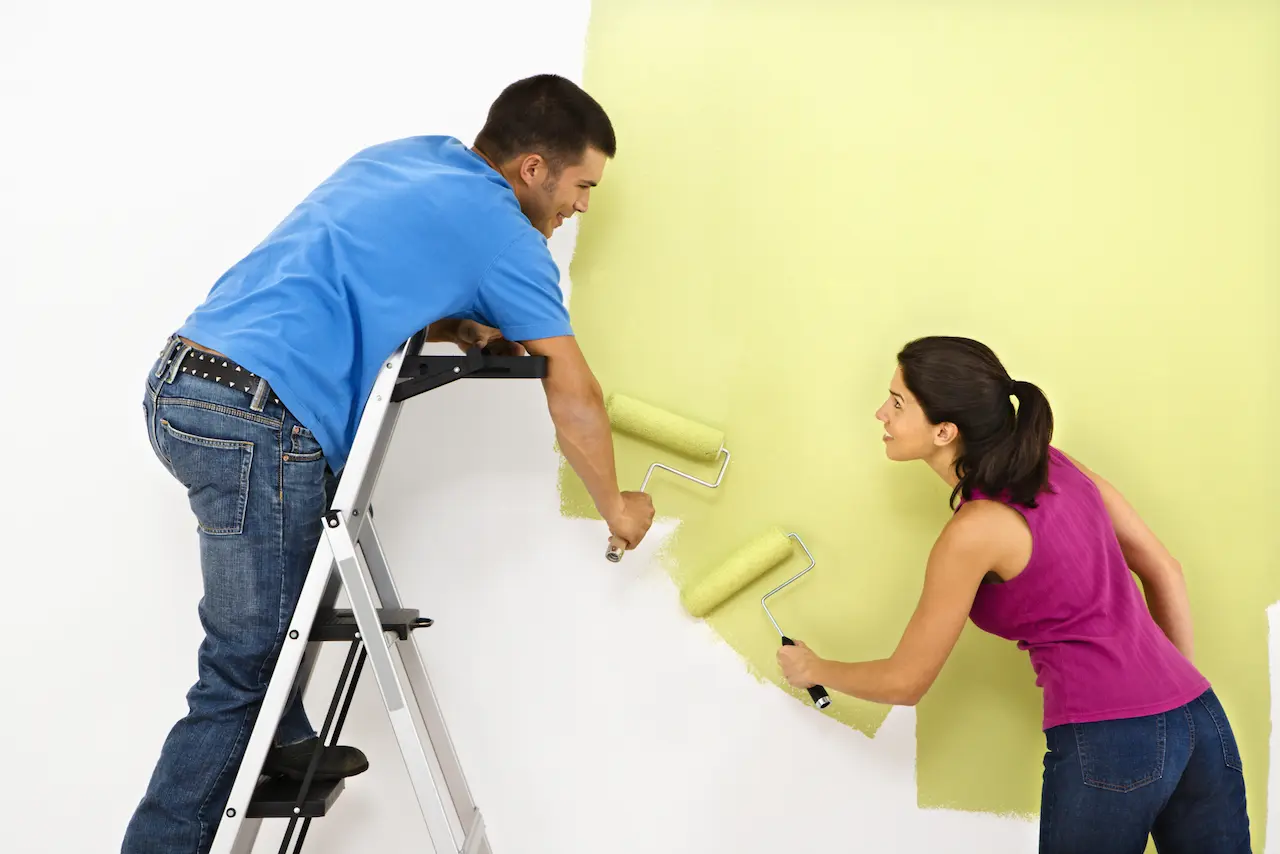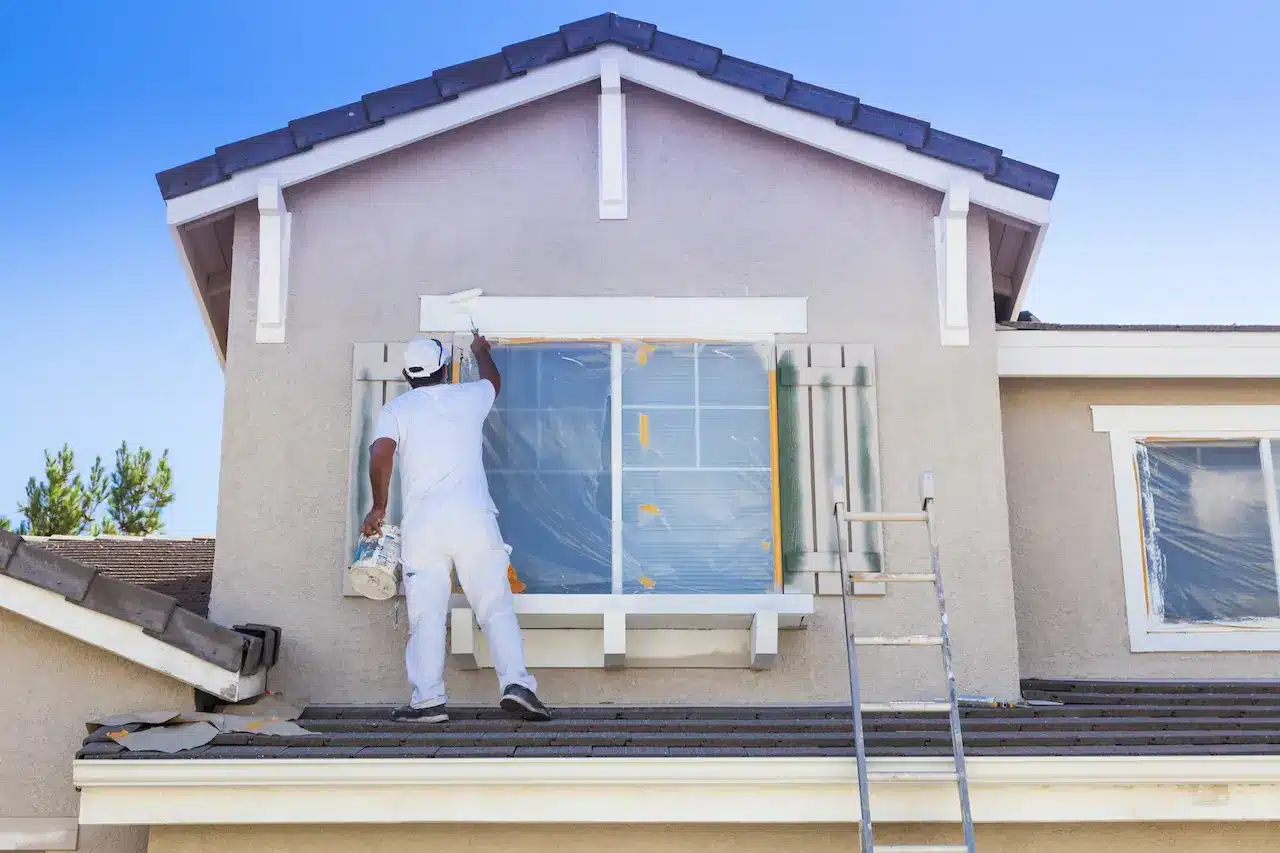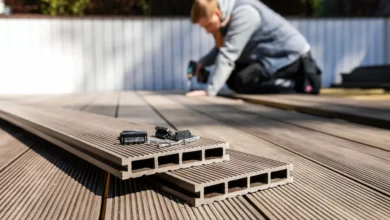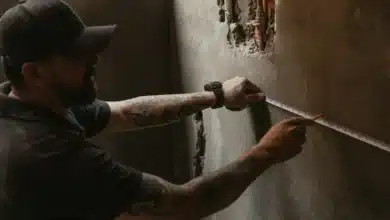Mastering Cold Weather Painting
Mastering Cold Weather Painting: A Comprehensive Guide for Australian Homes
Painting during colder months presents unique challenges that require special consideration to achieve professional, long-lasting results. While Australia’s winters are generally mild compared to northern hemisphere countries, temperature fluctuations and increased humidity can still significantly impact paint application and drying processes. Understanding how to adapt your approach for cooler conditions ensures your painting projects maintain quality regardless of seasonal changes.
Understanding Cold Weather Paint Chemistry
Paint behaves fundamentally differently in cooler temperatures due to changes in viscosity and drying mechanisms. Most conventional water-based paints begin to thicken noticeably when temperatures drop below 10°C, affecting their ability to flow smoothly and level properly.
The curing process also slows dramatically – where paint might dry to touch in 2-4 hours during summer, the same product could take 6-8 hours in winter conditions. Oil-based paints face even greater challenges, with some requiring minimum application temperatures of 15°C for proper film formation.
The science behind these changes lies in the evaporation rates of water and solvents. In cold weather, water evaporates more slowly from acrylic paints, while solvents in oil-based products take longer to dissipate.
This extended “open time” leaves the paint vulnerable to dust contamination, insect adhesion, and moisture-related defects. Charnwood Painting Service experts note that specially formulated cold-weather paints contain modified resins and additives that maintain workability at lower temperatures while still allowing proper curing.

Essential Preparation for Cold Weather Projects
Proper preparation becomes even more critical when painting in cooler conditions. Surface temperature often differs significantly from ambient air temperature, particularly for exterior surfaces that radiate heat at night. Professionals recommend using infrared thermometers to verify that both the surface and paint will remain above minimum recommended temperatures throughout the entire drying period.
Moisture management takes on added importance during colder months. Dew forms more readily on cooled surfaces, and morning condensation can ruin an otherwise perfect paint job. Experienced painters schedule work to begin only after surfaces have thoroughly dried from overnight moisture, typically waiting until mid-morning. For exterior projects, they monitor weather forecasts carefully to avoid painting within 36 hours of expected rain or temperature drops below 5°C.
Material preparation also requires special attention. Paint should be stored at room temperature (18-22°C) for at least 24 hours before use. Cold paint straight from the garage will be overly thick and prone to application defects. For large projects, some professionals use paint warmers to maintain ideal viscosity, being careful not to overheat the product which can cause premature skinning or solvent evaporation.
Application Techniques for Optimal Results
Adapting application methods helps compensate for cold weather challenges. Cutting in techniques should be adjusted to account for slower drying times – working in smaller sections prevents previously painted areas from drying too much before rolling. Maintaining a “wet edge” becomes more challenging but remains crucial for avoiding lap marks. Many professionals slightly thin paints (following manufacturer recommendations) to improve flow and levelling in cool conditions.
Brush and roller selection also impacts cold weather results. Natural bristle brushes perform poorly with water-based paints in cold weather as the bristles absorb moisture and become limp. Synthetic nylon/polyester brushes maintain stiffness better. For rolling, shorter nap rollers (6-9mm) help prevent over-application that could lead to sagging on vertical surfaces due to extended drying times.
Multiple thin coats outperform single heavy applications in cold weather. The first coat acts as a sealing layer, with subsequent coats building colour and protection. Adequate drying time between coats is essential – rushing this process is a common cause of peeling and adhesion failures. Professionals often extend recoat times by 50-100% compared to summer conditions.

Post-Application Considerations
The curing process continues long after paint feels dry to touch. Full film formation and hardness development can take weeks in cold weather compared to days in warm conditions. During this period, the painted surface remains vulnerable to damage from abrasion, moisture, and temperature swings. Avoid cleaning or subjecting surfaces to heavy use for at least 7-10 days after application in cool weather.
Interior projects require special ventilation management. While fresh air exchange is important for solvent dissipation and drying, excessive ventilation can cool surfaces too much and slow the curing process. The ideal approach involves moderate, consistent ventilation rather than opening windows wide. Dehumidifiers can help maintain optimal drying conditions in humid climates.
For exterior projects, morning dew protection is critical. Some professionals lightly cover freshly painted surfaces with breathable fabric for the first few nights to prevent moisture damage while still allowing slow curing to continue. This technique requires careful installation to avoid the cover sticking to the paint surface.
Understanding these cold-weather painting principles allows homeowners and professionals alike to achieve quality results year-round. While the process requires more patience and attention to detail during cooler months, proper techniques can produce finishes that are just as durable and attractive as those applied in ideal summer conditions. The key lies in respecting paint chemistry, adapting methods to environmental conditions, and allowing adequate time for each stage of the process.




